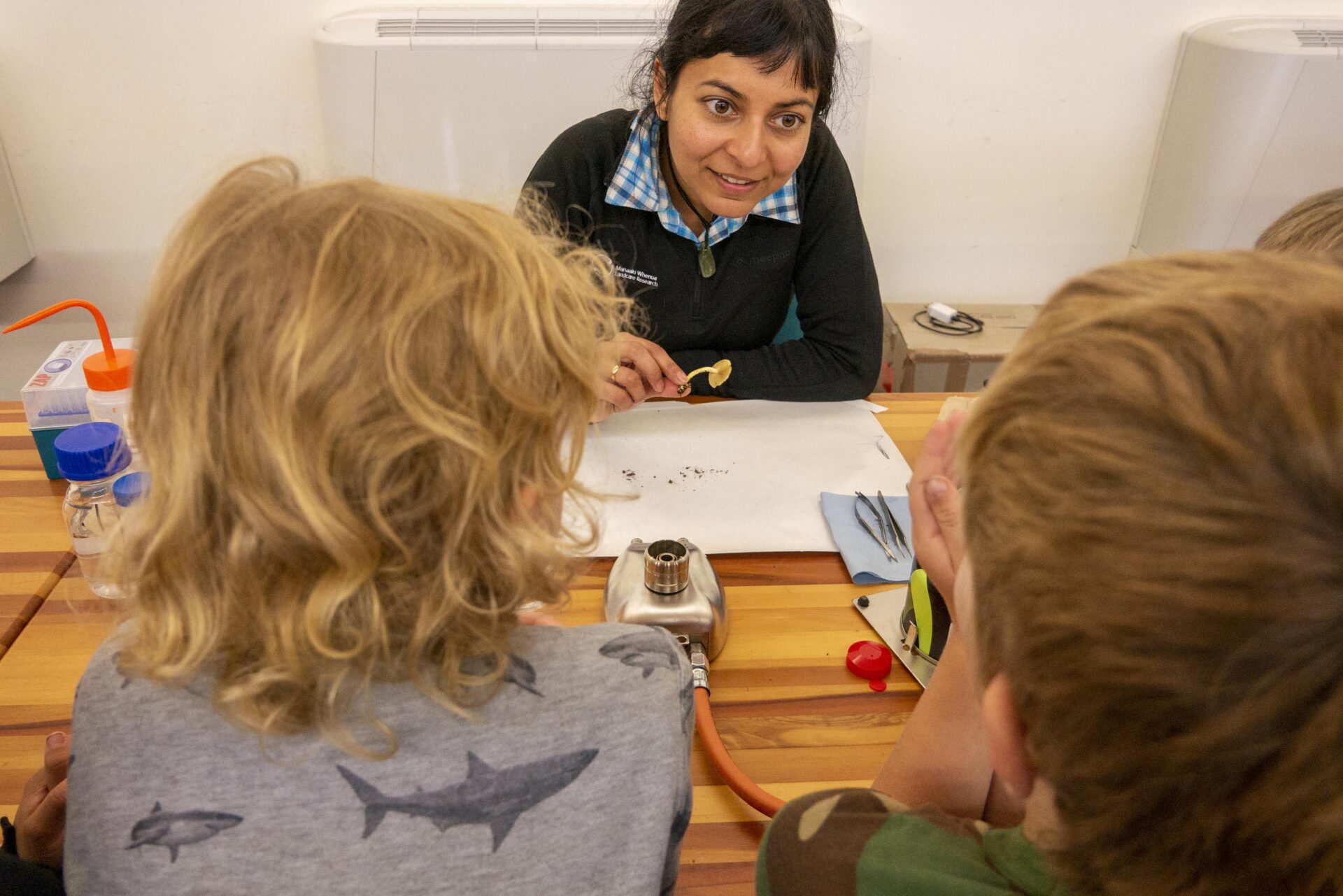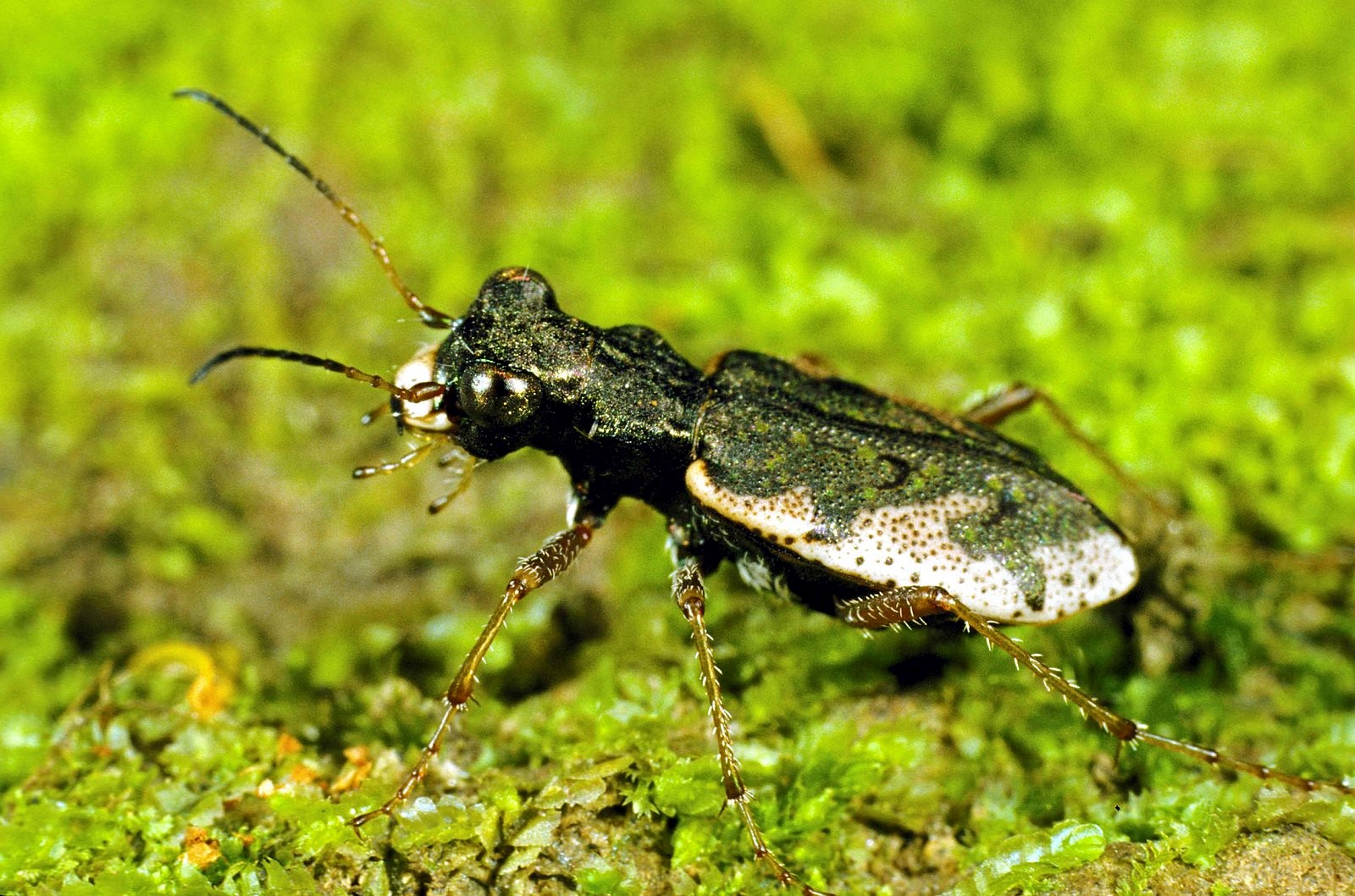A DNA library, “pestiness”, collective action for freshwater and more.
Collective action for the Ōpāwaho River
Ed Challies (University of Canterbury) and Miria Goodwin (Ōpāwaho Heathcote River Network) are interested in the rich tapestries of environmental care in Aotearoa, and are exploring these fabrics in their Pathways to Ecosystem Regeneration project. Ed and Miria discussed the Ōpāwaho Heathcote River Network, and the challenges and rewards of collective action with BioHeritage writer Kerry Donovan Brown.
Fours students, seven weeks and several intriguing insights
Ocean Mercier (Ngāti Porou) hosted four third-year students from the Worcester Polytechnic Institute (WPI) in Massachusetts through Novel Tools and Strategies – Invertabrates and Te Kawa a Māui – School of Māori Studies at Victoria University of Wellington. In just seven weeks, the students (Rafaela Kanli, Lily MacDonald, Liam Hemmerling and Joey Horowitz) completed a project to understand social perspectives of gene-based pest control in Aotearoa.
New project explores the social and scientific complexity of starting a DNA library for Aotearoa
BioHeritage is funding a new 18-month project, with the goal to deliver a white paper to government that provides an investment case for developing a national DNA reference library, founded upon Te Tiriti Governance. Manpreet Dhami, project co-lead and Senior Researcher in Biocontrol & Molecular Ecology at Manaaki Whenua, spoke with us about the inspiration for the project and what the team hopes to accomplish.
Ngā Pī Ka Rere spotlight: Tracey Godfery, a facilitator for change
Tracey Godfery (Ngāti Awa, Ngāti Tūwharetoa, Ngāi Tūhoe, Ngāti Hikairo, Ngāti Maru) is a PhD student at the University of Auckland supported by BioHeritage programmes Risk Assessment & Ecosystem Impacts and He Tangata, He Taiao, He Ōhanga: a values-based biosecurity risk assessment framework for Aotearoa. She’ll be facilitating a biosecurity decision making framework that addresses both cultural and scientific complexity.
Uncovering pests in Te Aitanga Pepeke
What insights can whakataukī offer us into the nature of insect pests and pest control in Aotearoa? A team of Māori academics delved into te ao Māori with “pestiness” on their minds. BioHeritage writer Kerry Donovan Brown spoke to Hōhā Riha: Pest Insect Control in Māori Tradition co-author Alan King-Hunt, discussing some of the team’s discoveries, including a surprising defender of historic kūmara plantations . . .
February newsletter
Details about the Kaurilands Summit, maire tawake propagation, grant recipients and more.
New paper: Effective strategies for maire tawake propagation
A paper published this year in the New Zealand Journal of Botany outlines effective strategies for sexual propagation (via seeds) and asexual propagation (via cuttings) of maire tawake/swamp maire (Syzygium maire).
Tāpui Aotearoa: building resilient partnerships for resilient populations
Internationally, cryobanking is becoming an important part of conservation programmes. BioHeritage joined three other funders to support a two-year proof-of-concept project to investigate what cryobanking would look like in Aotearoa. Here is the progress that Tāpui Aotearoa (a charitable company established by the NEXT foundation) has made so far.
Ngā Pī Ka Rere spotlight: Natalie Jones brings volunteer perspectives to new tech for wasp control
Natalie Jones (Ngā Wairiki Ngāti Apa) is a Master’s student within the Novel Tools & Strategies – Invertebrates programme. She has leveraged her unique background in managing conservation volunteers to provide insight into the perspectives people have about new controls for pest wasps in Aotearoa.









